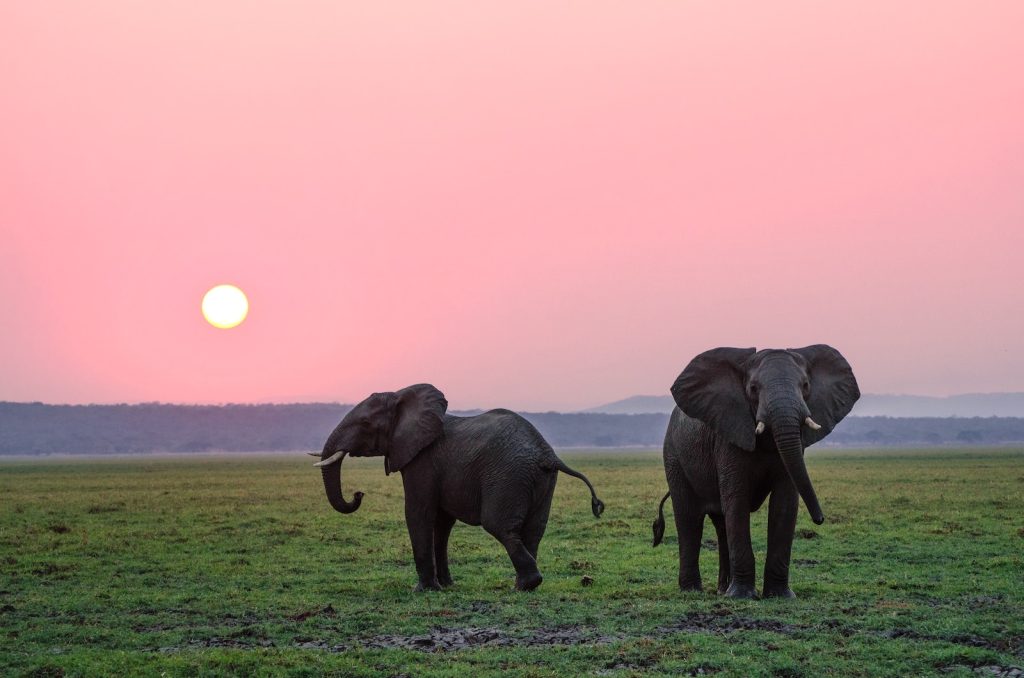 The Enigmatic Hyenas of Pilanesberg
The Enigmatic Hyenas of Pilanesberg
Shrouded in an aura of mystery and fascination, the hyenas of Pilanesberg National Park play a critical role in maintaining the ecological balance of the area. These misunderstood creatures are far from the nefarious scavengers they are often depicted to be. In fact, they are formidable hunters with complex social structures.
The park hosts the spotted hyena, the largest of the hyena family. They are often sighted in clans, a term for their social groups, which can range from just a few individuals to over 30. The hyena clans in Pilanesberg have a matriarchal society, where females hold the highest rank, showcasing an unusual social dynamic among large carnivores.
Contrary to the popular image of hyenas as scavengers, they are, in fact, adept hunters, obtaining most of their food by hunting. Their prey includes a range of animals from insects to large ungulates. Pilanesberg offers abundant opportunities for hyenas to display their hunting prowess, contributing to the park’s riveting wildlife spectacle.
Hyena and Ecosystem Balance
Hyenas are key players in the ecosystem of Pilanesberg National Park. Their scavenging habits serve an important ecological function by consuming animal carcasses and preventing the spread of disease. Hyenas possess a highly robust digestive system, capable of breaking down and deriving nutrients from skin and bones, effectively cleaning up the landscape.
Their role as both predators and scavengers ensures that populations of herbivores are kept in check, and that nutrients are recycled back into the ecosystem. By preying on the weak or sick, they also indirectly contribute to the genetic health of the prey populations.
Elephants, the Majestic Titans of Pilanesberg
Equally captivating are the African elephants of Pilanesberg National Park, the largest land mammals on Earth. These majestic creatures are a joy to observe in their natural habitat, embodying a perfect blend of might and gentleness. With their imposing size, remarkable intelligence, and intricate social structures, elephants are one of the key attractions of the park.
In Pilanesberg, elephants live in tight-knit family groups, consisting mainly of females and their young. Males, or bulls, usually lead solitary lives or form small groups with other males. They interact with families primarily during the mating season. The matriarch, usually the oldest and most experienced female, leads the family, making crucial decisions that ensure the group’s survival.

Elephants and Their Transformative Role
Elephants play a transformative role in the landscape of Pilanesberg National Park. As they move through the park, they create pathways, clear undergrowth, and help spread seeds through their dung, indirectly aiding in plant dispersal. They also contribute to the maintenance of habitats by promoting the growth of specific types of vegetation, favouring grass growth when they fell trees or strip them of their bark.
These landscape modifications by elephants have cascading effects on the ecosystem. It impacts the types of plants that grow and the variety of animals that can live in the area. By creating clearings and pathways, elephants aid smaller creatures and birds, creating a balanced and diverse ecosystem.
Threats and Conservation
Both hyenas and elephants, despite their significant roles in the ecosystem, face numerous threats. For hyenas, these threats include loss of prey due to illegal hunting, habitat loss, and negative human perceptions leading to retaliatory killings. Elephants face threats from poaching for ivory and habitat destruction due to expanding human activities.
Pilanesberg National Park is committed to the conservation of these incredible creatures. It offers a protected environment where they can thrive and continue their vital roles in the ecosystem. By supporting the park, visitors contribute directly to the conservation of these animals and the protection of the vibrant ecosystem they inhabit.
